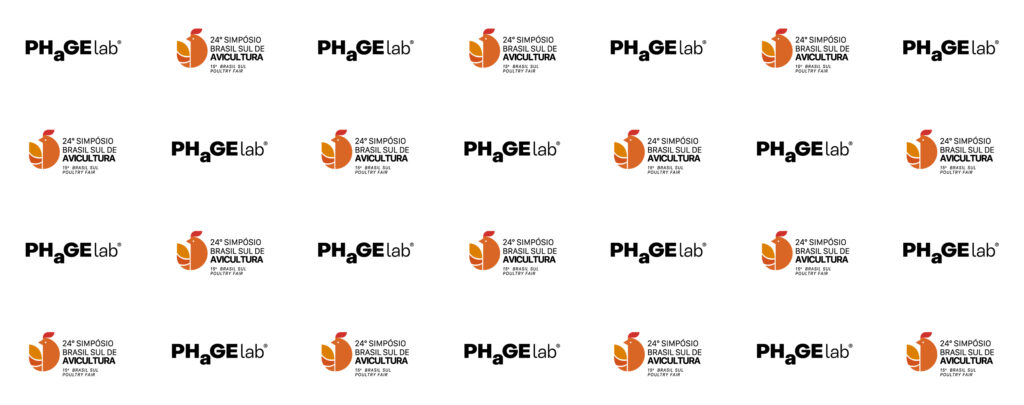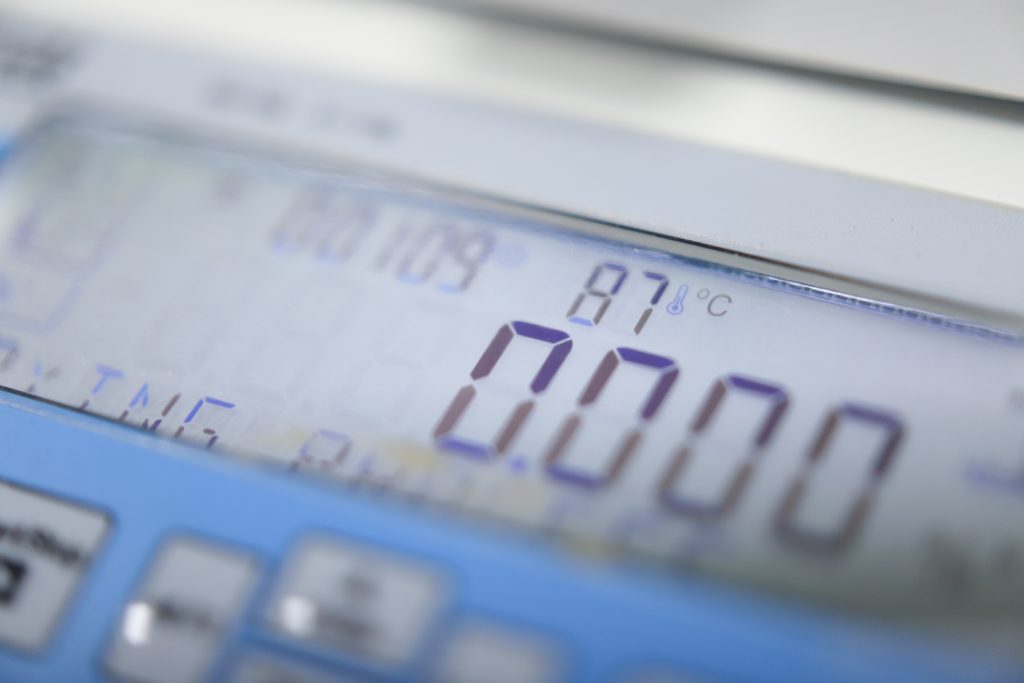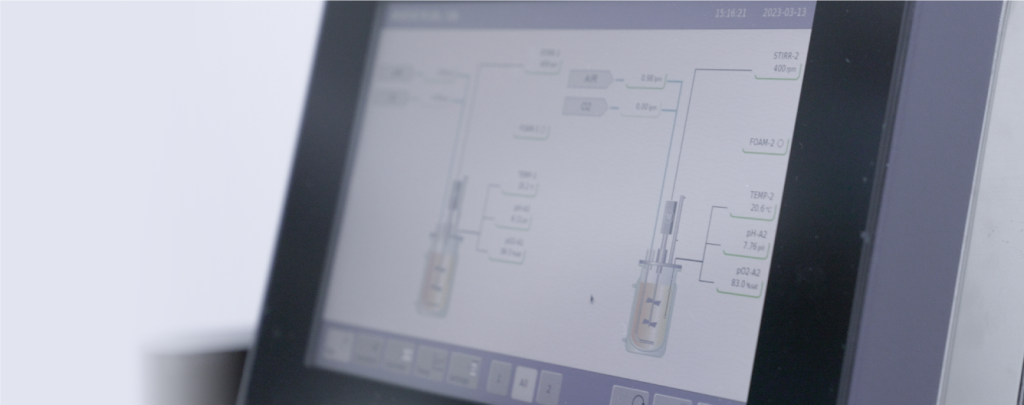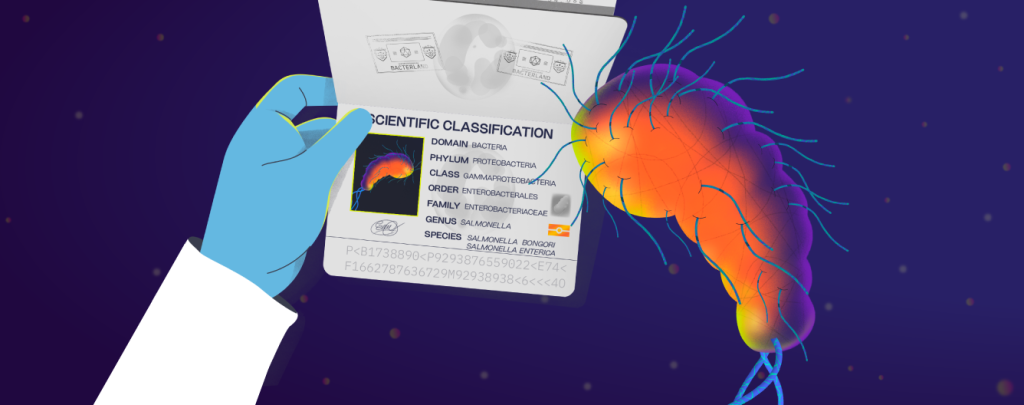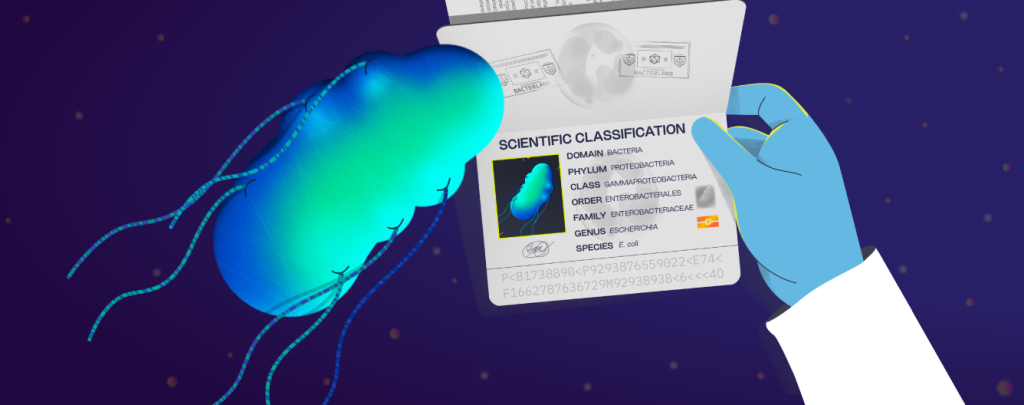Imagine reading the blueprint of life and unlocking the secrets that lie within. That is precisely what DNA and RNA sequencing allow us to do. It’s a fascinating world we can explore by learning more about how it can uncover the intricate genetic code.
DNA contains instructions for cellular development and functioning. Its sequencing reveals the precise order of nucleotides (A, T, C, G) in a DNA molecule, unlocking valuable insights into genetic information. It is crucial as it allows us, among other things, to diagnose diseases, track evolution and relationships among organisms, and advance numerous scientific fields.
RNA is a little more complex molecule but, in brief, it principally executes DNA instructions and translates it into proteins. RNA sequencing (RNA-Seq) focuses on decoding and measuring RNA molecules in cells or tissues and even learning about non-coding RNA. By sequencing messenger RNA (mRNA), we can understand gene expression patterns, post-transcriptional modifications, and changes in different cell types or conditions.
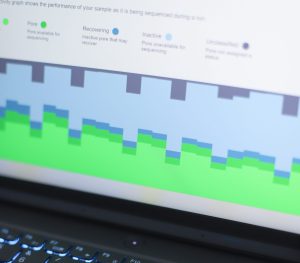
DNA and RNA sequencing involves sample preparation, fragmenting the DNA/RNA, attaching barcodes, and high-throughput sequencing. Bioinformatics tools analyze the generated data in terms of quality, reconstruct sequences and interpret the biological information supported by the metadata. These technologies have revolutionized genomics, transcriptomics, and personalized medicine.
Nowadays, sequencing is indispensable in biological research and healthcare. As technologies advance, we can expect transformative breakthroughs and a deeper understanding of genetics, shaping the future of various scientific disciplines.
At PhageLab®, we use NGS technology to sequence bacteriophage and bacterial DNA, revealing their genomes so we learn everything about them. Then we use all that information to match them for creating solutions to control pathogenic bacteria.
Do you want to learn more about our genetic sequencing technology? Read this post by our Head of Molecular Diagnostics.


